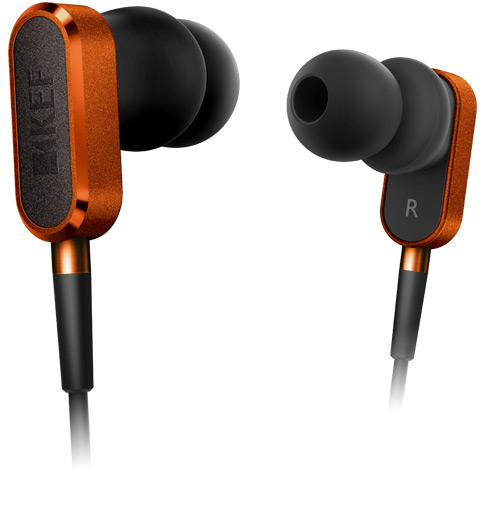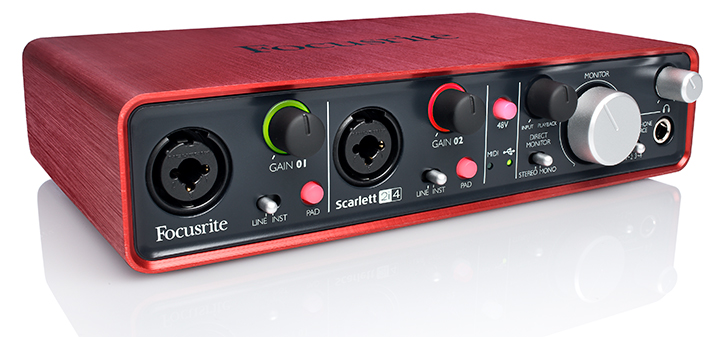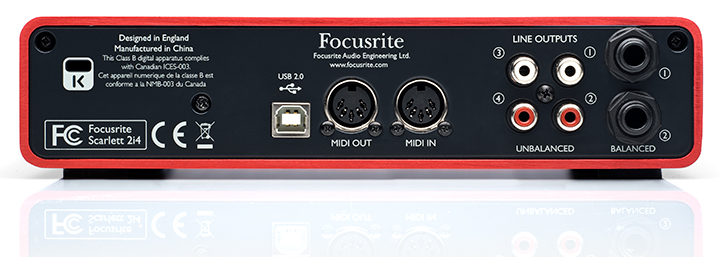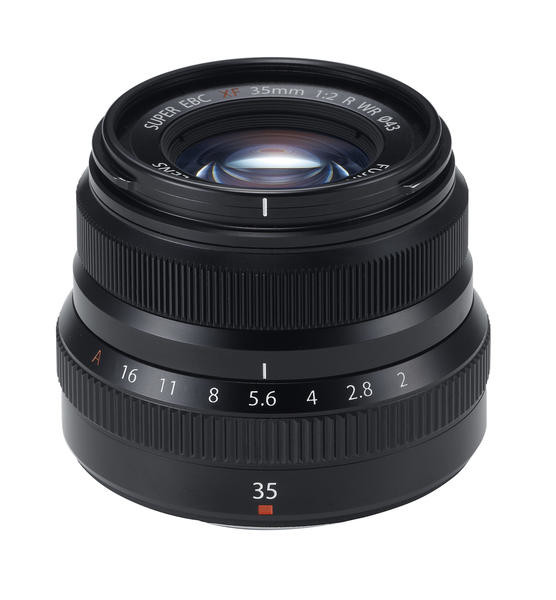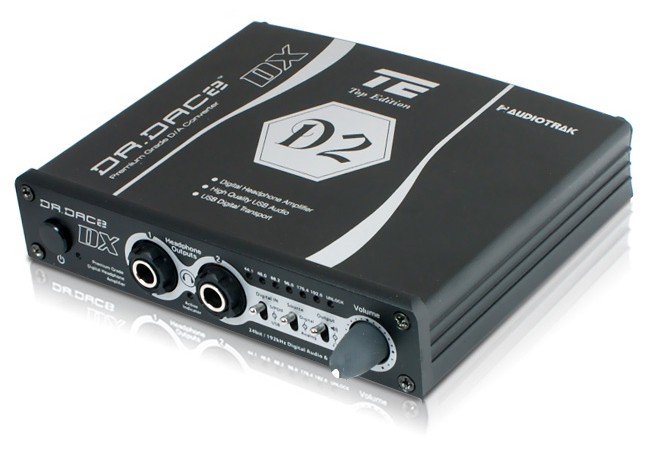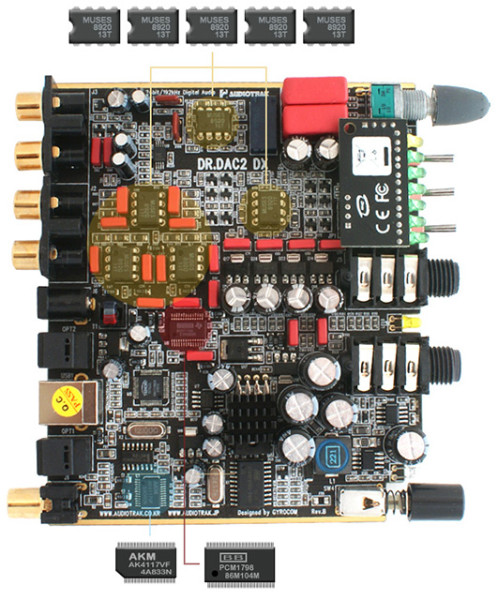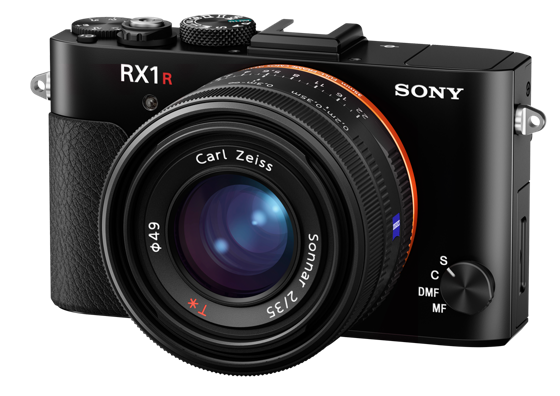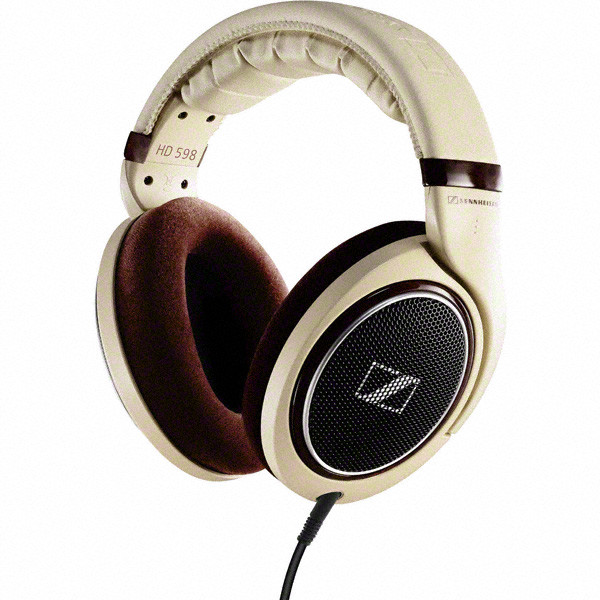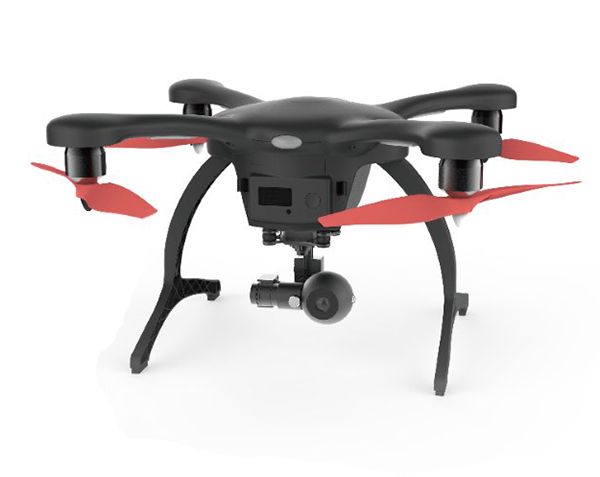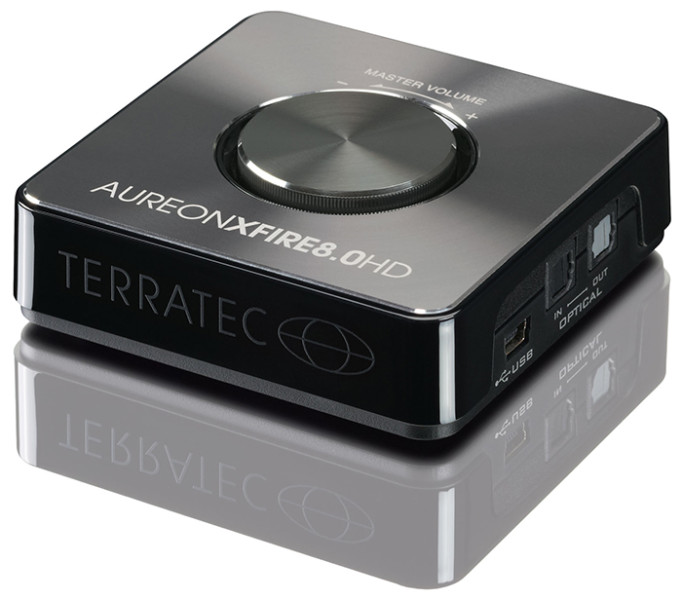
Lets meet with external sound card Terratec Aureon XFIRE 8.0 HD, it is designed for 7.1 channel sound playback and supports 192 kHz sampling rate and 24 bits per sample precision. Its front side has : USB port, through which it communicates with computer and receives power from it, and digital optical TOS link input and output. Its back panel has : gold-plated RCA connectors for front channels and nickel-plated 1/8″ mini-jack connectors for side, rear and subwoofer/center channels. Its side panel has 1/8″ mini-jack connectors for linear input, microphone and headphones. On its top volume control knob is placed.
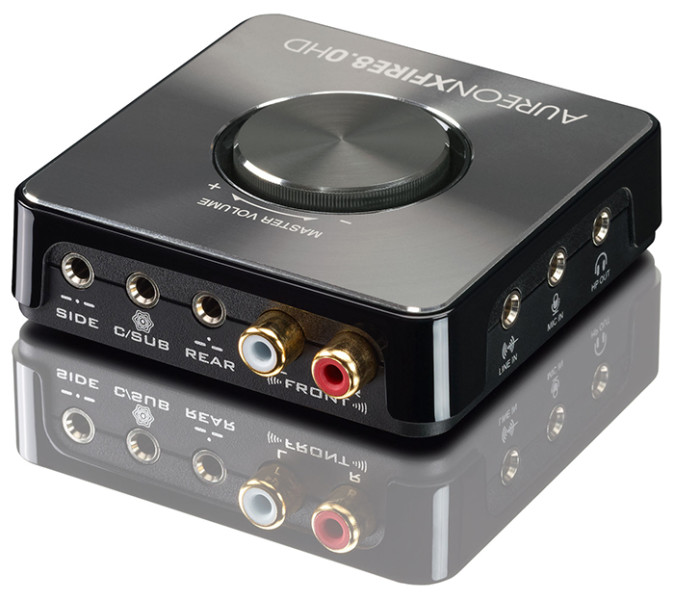
It plays sound with signal to noise ratio 108 dB and THD ( Total Harmonics Distortion ) -90 dB; and records it with signal/noise ratio -85 dB and THD 106 dB. Card can be used for sound recording, there are even drivers released for it with ASIO 2.0 and Core Audio interfaces support for integration with modern DAWs, but it is not its main use, because its microphone input does not have phantom power +48 V and it has no instrumental Hi-Z inputs; mainly it is designed for multichannel sound playback. It has drivers for Windows XP, Vista, 7, 8 and 10 and Mac OS X 10.7 and newer; also additional software and plugins can be downloaded for it. Package contains : Terratec Aureon XFIRE 8.0 HD sound card itself, USB cable, 2 optical digital TOS link cables, RCA – 1/8″ mini-jack adapter ( with connector ), the same adapter with socket and user’s guide. All in all, this is a good sound card for multichannel sound playback, if it will be used for this purpose, then there is ability to choose between this device, similar devices and AV receiver; but if it will be used for professional studio work, then it is better to buy according device of Steinberg, Behringer, ESI and other manufacturers.
